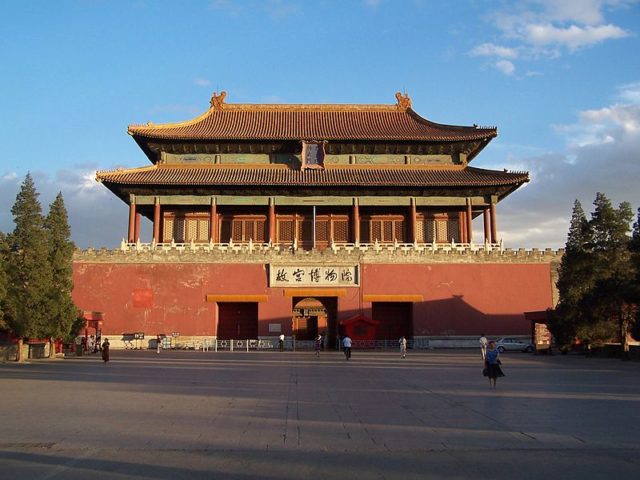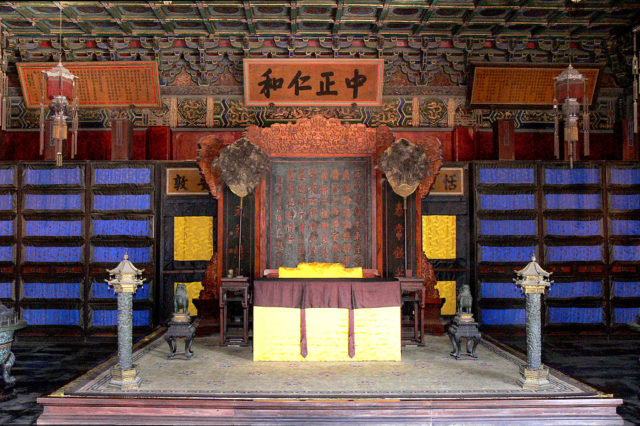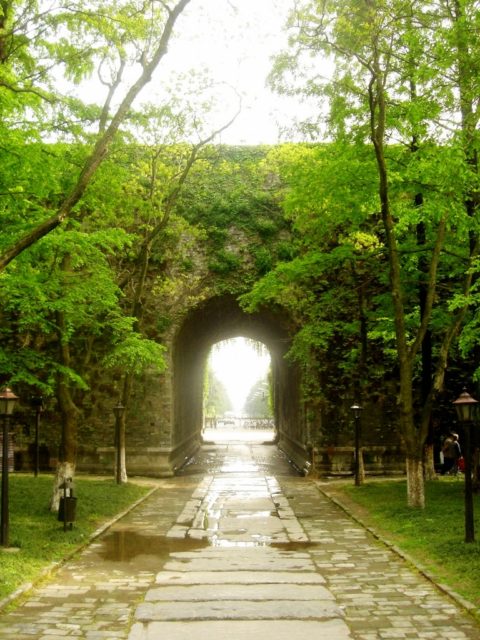Archaeologists discovered the ruins of a large palace dating back around 590 years to the Ming Dynasty within the Forbidden City, which is located in Beijing, China. The ruins were found at the gate of the palace compound that accommodated generations of Chinese emperors’ mothers, which is recognized as the Cining Place. Archaeologists discovered these ruins during a dig at the Changxin gate of the Forbidden City.

These ruins are speculated to have included a wall base and foundations. The palace at the time was thought to have been built on top of wooden supports to help ensure it continued to be stable on the soft sandy ground. Construction was started 1406, and it was completed in 1480. It covers more than 180 acres, is now itemized as a World Heritage site, and is home to the largest ancient wooden structures in the world.
The Forbidden City was the Chinese imperial palace dating from the Ming Dynasty to the end of the Qing Dynasty in 1912. It is located in the center of Beijing; ceremonial and political events were held there until the fall of the Chinese imperial rule.
The walls were 26 feet high and were constructed using rammed earth. Damp soil is filled into supporting wooden frames, and then the posts were faced with three layers of brickwork on both sides. During the dig located by the Changxin gate, archaeologists found dozens of centimeters of butted earth, signaling the remains of one of the walls created during the early historical era of the Forbidden City. The foundations were 10 feet deep, and featured 20 layers of bricks particularly fashioned for the structure of the Forbidden City. Archaeologists also discovered a wooden platform built to support the brick foundations along with traces of two-footing holes left by assembly workers. Last year, experts publicized the finding of foundations for 16 enormous pillars underneath the garden of the Cining Palace.

Mr. Shan stated that the nearness of the two digging sites indicates they may have belonged to a huge palace demolished in the late Ming era. A hall within the central courtyard of the Forbidden City, once was used as the living accommodations of several Qing emperors, is to undertake a four-year restoration. With all 1,890 cherished pieces, including jade, paintings, lamps, and furniture demonstrated in the Hall of Mental Cultivation, are being removed while the work is carried out. Shan Jixiang, guardian of the Palace Museum at the Forbidden City, said that they would construct glass floors over the ruins so that the public could view the delicate area. He stated it would help present a more “multi-dimensional” characteristic of the palace. It brings in around 80,000 guests a day, and is one of the world’s most popular tourist sites.

The best accomplishment of the Ming Dynasty architects was when they built the great palace called the Forbidden City, so it’s very exciting for archaeologists to find a foundation and base by the Changxin Gate. This beautiful structure was the palace of the Ming Dynasty emperors, and it was the center of the government in China. It was called the Forbidden City because no person could go in or out lacking the emperor’s consent. There’s a moat surrounding the entire Forbidden City, and a wall approximately eight meters high, like all Chinese city walls beginning in the Shang Dynasty. Inside the wall are 980 buildings, holding more than eight thousand rooms. Most of the buildings are finished of wood, using brick floors. The tile roofs are painted yellow, the color that represents emperors. It feels like the magic of The Forbidden City is eternal, and to this day historians are unearthing new developments that allow modern man to understand the home of emperors.
